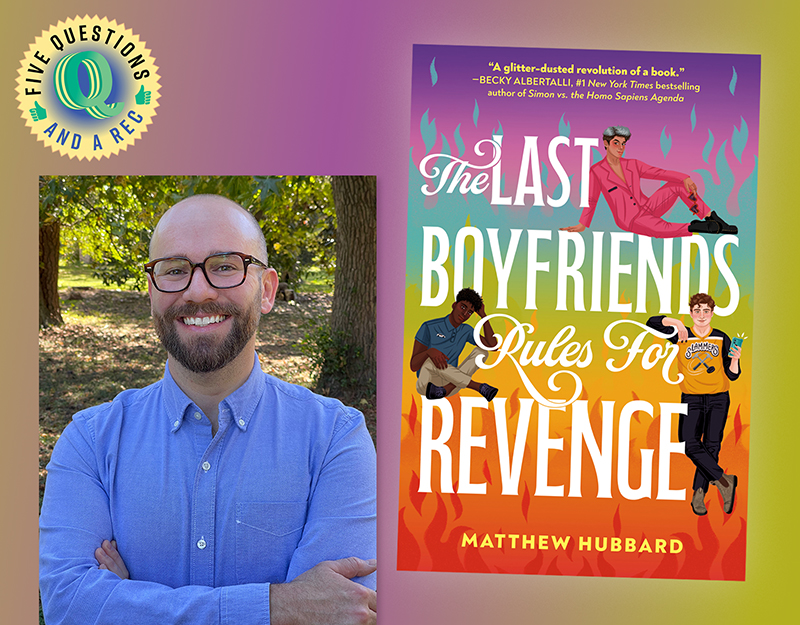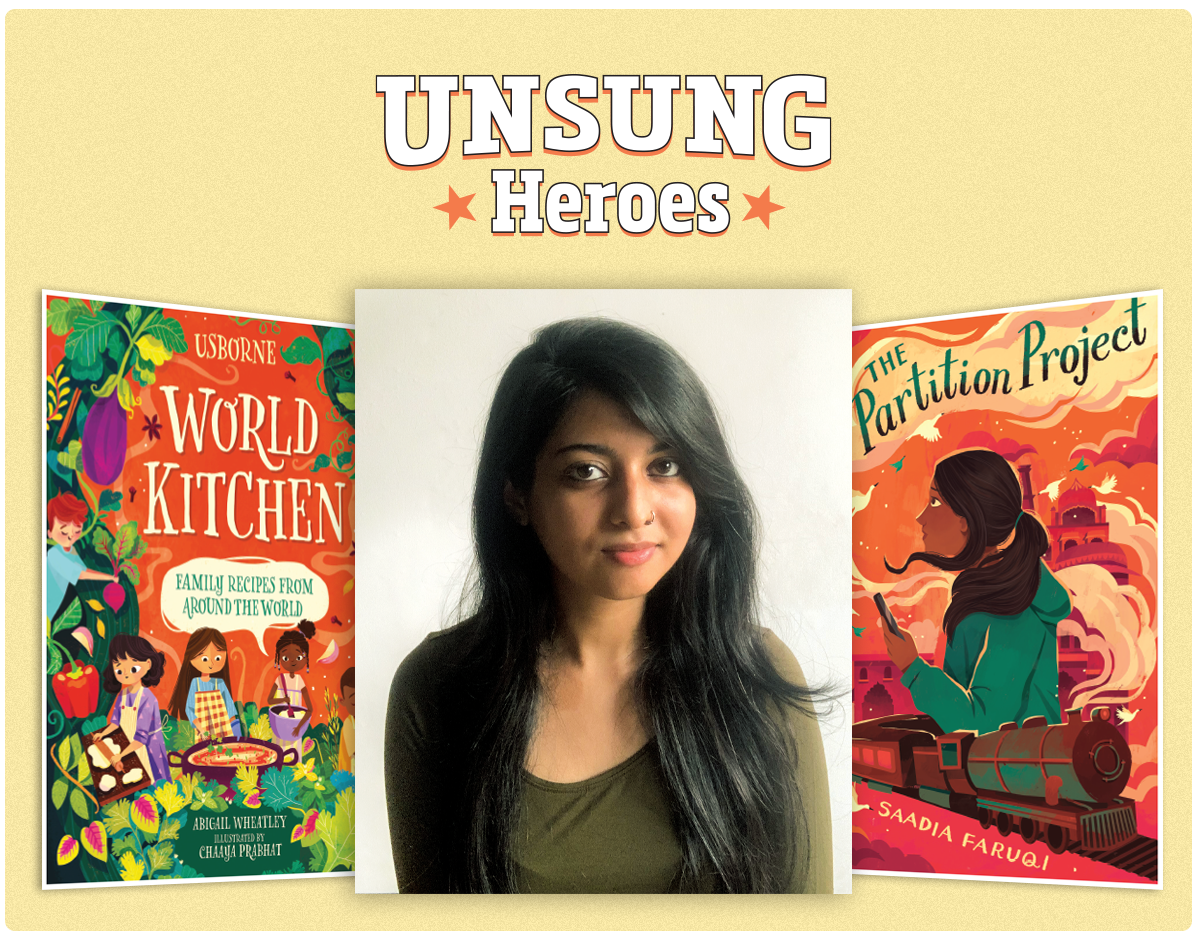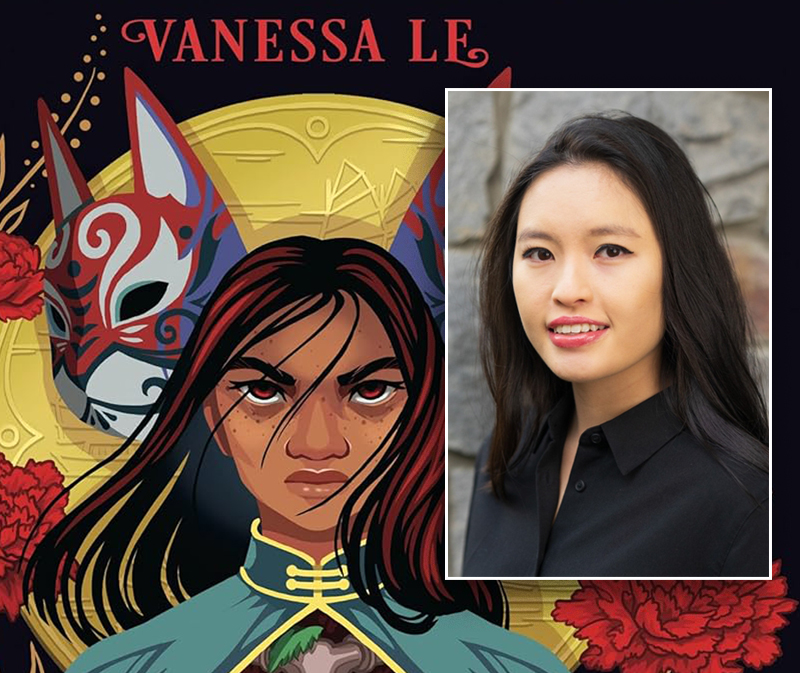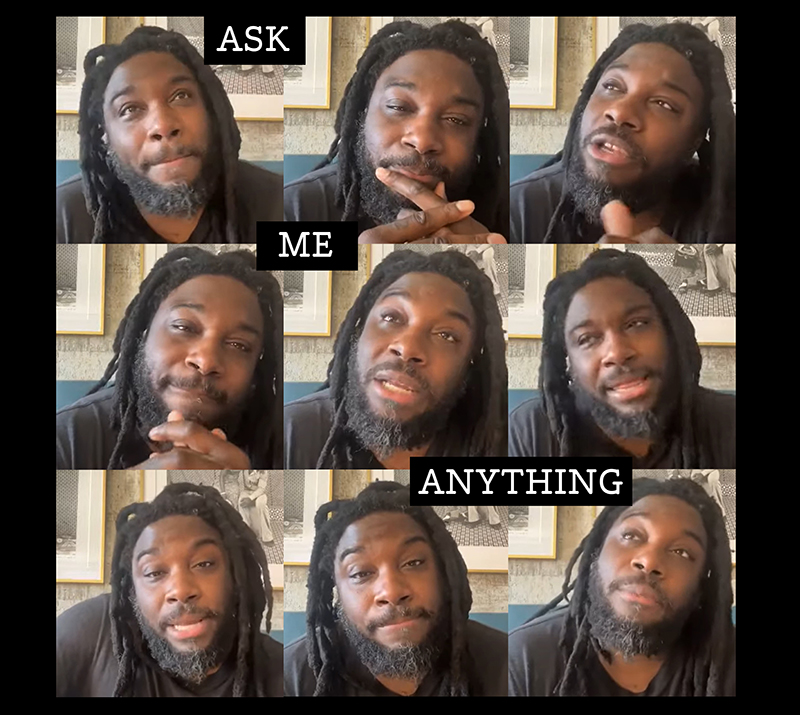Review of the Day: Suzie Bitner Was Afraid of the Drain by Barbara R. Vance
 Suzie Bitner Was Afraid of the Drain
Suzie Bitner Was Afraid of the Drain
By Barbara R. Vance
Copperplate Publishing
$17.95
ISBN: 978-0-615-31444-0
Ages 7-12
On shelves now.
When I was a kid, children’s poetry certainly existed but as far as I knew nobody was out there actively promoting the idea that I read the stuff. Our schools didn’t have Poetry Month. Poem In Your Pocket Day was hardly the norm. And the idea of a Children’s Poet Laureate? Unheard of! Absurd! Still, I read a little poetry on my own. There was always Jack Prelutsky, who I considered the poor man’s Shel Silverstein. Now Silverstein THAT was a dude who knew what appealed to kids. Though he had an odd tendency to traipse into the world of cutesiness (his hug poem = an ugh poem), his work tapped into children’s fears and sick twisted humors better than anyone. And books like Where the Sidewalk Ends and A Light in the Attic looked better than the other books too. They were big thick books with black and white illustrations on pure white pages with plenty of space around the words. Variations on this form of published have existed throughout the decades since. Most recently would be Barbara R. Vance and her collection of poems in Suzie Bitner Was Afraid of the Drain. Not tapping into the sheer weirdness of a Silverstein, Vance still provides looks at the familiar aspects of a child’s life and couches those observations in rhyme.
A collection of 124 poems, Barbara Vance explores the ephemera of childhood. Some poems take on the realistic problems lots of kids face. Things like “My Brother’s Bike” or “Bored” or (maybe just a little less common) “Worms for Pets”. Other poems stray into the fantastical, like “Pantry Party”, “A Ghost Who Loves Movies”, and “Don’t Make the Tooth Fairy Angry.” Each poem is couched on pure white space with small interstitial illustrations to accompany. The book also includes an index of the poems, both by title and by first line.
ADVERTISEMENT
ADVERTISEMENT
 It took me a while as I read this book to realize that Vance’s poetry style stands opposite most of the poems we read for kids today. I’ll tell you how a usual funny poem for children stands. You read about a situation, say a kid raking leaves, a kid with braces, or a kid who likes to dress up. You read through as the kid describes their situation. Then you get to the end of the poem and the last sentence is a funny surprise kicker you didn’t see coming. This is sort of an established form in children’s poetry. We’ve come to expect it. I certainly (and without really realizing it) had come to expect it, so it was with a bit of a shock that I realized that mostly Vance avoids this particular style. The closest thing you’re going to get to a kicker on that poem about the kid who likes to dress up is a suggestion that you might like dressing up too. And this is fine. Vance is totally within her rights to keep her poems from looking like everybody else’s. She’ll sometimes follow the established form, as when “The Very Best Climber” ends with the climber’s realization that while up is one thing, down is certainly another. But generally speaking, that is not her style. Nor need it be.
It took me a while as I read this book to realize that Vance’s poetry style stands opposite most of the poems we read for kids today. I’ll tell you how a usual funny poem for children stands. You read about a situation, say a kid raking leaves, a kid with braces, or a kid who likes to dress up. You read through as the kid describes their situation. Then you get to the end of the poem and the last sentence is a funny surprise kicker you didn’t see coming. This is sort of an established form in children’s poetry. We’ve come to expect it. I certainly (and without really realizing it) had come to expect it, so it was with a bit of a shock that I realized that mostly Vance avoids this particular style. The closest thing you’re going to get to a kicker on that poem about the kid who likes to dress up is a suggestion that you might like dressing up too. And this is fine. Vance is totally within her rights to keep her poems from looking like everybody else’s. She’ll sometimes follow the established form, as when “The Very Best Climber” ends with the climber’s realization that while up is one thing, down is certainly another. But generally speaking, that is not her style. Nor need it be.
 I also liked the subject matter in some of her poems. “Two Gibbons Reach for the Moon” may not be a direct reference to “the gibbous moon” but for more than one adult that’ll be the first thing that pops into their noggins. Otherwise, the poems are pretty standard fare. Braces and stinky feet and dogs and that sort of thing. The format of the poems changes too. You’ll have your ABABAB poems and then your AABB poems. There are even limericks in the bunch. Most of these work, though “The Masters of Balledere Hall” has one line that I’ve been puzzling over. It goes, “We won’t leave a lady distraught, / Won’t rest till her captors are caught, / But once we relieve her, / We rapidly leave her, / For most women come with a knot.” A knot? I’m still not sure what that quite means.
I also liked the subject matter in some of her poems. “Two Gibbons Reach for the Moon” may not be a direct reference to “the gibbous moon” but for more than one adult that’ll be the first thing that pops into their noggins. Otherwise, the poems are pretty standard fare. Braces and stinky feet and dogs and that sort of thing. The format of the poems changes too. You’ll have your ABABAB poems and then your AABB poems. There are even limericks in the bunch. Most of these work, though “The Masters of Balledere Hall” has one line that I’ve been puzzling over. It goes, “We won’t leave a lady distraught, / Won’t rest till her captors are caught, / But once we relieve her, / We rapidly leave her, / For most women come with a knot.” A knot? I’m still not sure what that quite means.
Without any doubt in my mind my favorite poems in this book was “Sandwich Sister”. This was partly because of the plot (a girl eats so many peanut butter and jelly sandwiches that she turns into one herself) but was made particularly keen by Vance’s accompanying illustrations. Generally speaking, the pictures in this book are magnificently simple. Just pen and ink with more importance placed on the idea of an image than a detailed presentation of it. For example, the little girl in “Sandwich Sister” starts out looking somewhat like a big-eyed kewpie doll. The image of her enjoying a sandwich shows her little lines for arms holding the object high, her head thrust upward in true sandwich-eating  bliss. Turn the page, however, and the girl is now a sandwich itself with two big googly eyes making note of her wheaten anatomy. It’s charming. Pay attention and you’ll also see that while the bows that were in her hair remain firmly stuck to the sandwiches . . uh . . head, one of her shoes has come untied. I don’t know why, but little details like that, when they appear in very simple drawings, are particularly charming. And throughout the book, Vance’s art never draws attention away from the poetry. It just acts as a natural accompaniment.
bliss. Turn the page, however, and the girl is now a sandwich itself with two big googly eyes making note of her wheaten anatomy. It’s charming. Pay attention and you’ll also see that while the bows that were in her hair remain firmly stuck to the sandwiches . . uh . . head, one of her shoes has come untied. I don’t know why, but little details like that, when they appear in very simple drawings, are particularly charming. And throughout the book, Vance’s art never draws attention away from the poetry. It just acts as a natural accompaniment.
To my mind, the ideal pairing for this book would be alongside a title like Kenn Nesbit’s My Hippo Has the Hiccups: And Other Poems I Totally Made Up. Between those and a book like Jack Prelutsky’s The New Kid on the Block, young ‘uns will have plenty of poems to keep them amused whether it’s Poetry Month again, or just a time when they’d like the ultimate in light reading. Vance’s book doesn’t startle or leap into directions hitherto unknown, but it does make for some good comfort poems. For folks that would like a little more poetry in their life.
On shelves now.
Source: Final copy sent by author for review.
Other Blog Reviews: Role Mommy
Misc: An article about the book in UT Dallas News
Video:
Author Barbara Vance discusses the origins of the title.
http://www.youtube.com/watch?v=LimwbLTQ48c&feature=player_embedded
Filed under: Reviews
About Betsy Bird
Betsy Bird is currently the Collection Development Manager of the Evanston Public Library system and a former Materials Specialist for New York Public Library. She has served on Newbery, written for Horn Book, and has done other lovely little things that she'd love to tell you about but that she's sure you'd find more interesting to hear of in person. Her opinions are her own and do not reflect those of EPL, SLJ, or any of the other acronyms you might be able to name. Follow her on Twitter: @fuseeight.
ADVERTISEMENT
ADVERTISEMENT
SLJ Blog Network
Tegan and Sara: Crush | Review
The Seven Bills That Will Safeguard the Future of School Librarianship
Take Five: Dogs in Middle Grade Novels
Gayle Forman Visits The Yarn!
ADVERTISEMENT








“Most women come with a knot” as in “to tie the knot?”
That’s the best guess I’ve heard.
re: the Knot
My guess is they either are married or want to be married, and the knights do not want to be involved with either a distraught husband or a maiden looking for a husband.
I’m puzzled that a woman would write that line. It has always seemed to me that men regard women as anatomically and psychically knotty: a sort of Laocoon of intuition, warring emotions, and Fallopian tubes. (Whereas we, of course, suspect ourselves of being the more reasonable sex.) Perhaps the poet needed the rhyme. Most women do not come with a cot, an apricot or a polka dot, and a reference to being “hot to trot” might seem out of place in a children’s anthology.
I’ve stooped lower than this to make something rhyme.
It was meant to be “to tie the knot” – as in being tied down. I wanted to poem to reflect a child who had seen a lot of swashbuckling, B-movies in which somewhat archaic language is used. It was supposed to suggest a “no girls allowed” mentality on the part of this boys club.
I can remember watching flicks like “Scaramouche” and “The Black Swan” — I got very caught up in adventure stories and would act out my own, so this poem was a kind of nod to that. Hope this solves the mystery!